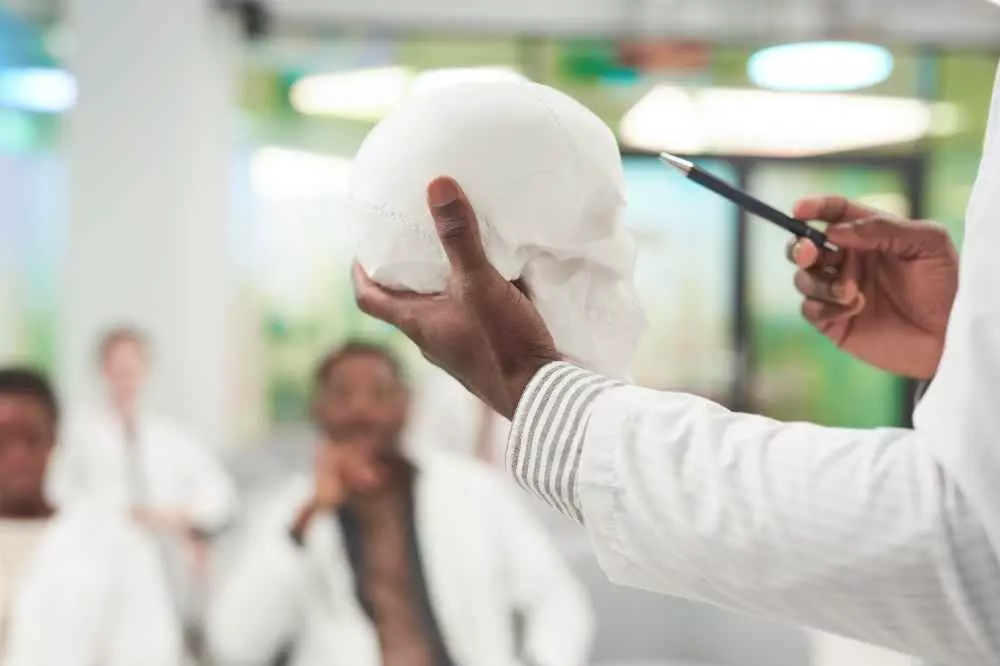Introduction to the topic of anatomy lectures
Nowadays, a broad knowledge of anatomy is essential not only for medical students, but also for anyone interested in the world of biology. Among the many teaching methods, lectures play a key role in assimilating this complex field of knowledge.
Properly structured lectures can significantly affect the understanding of anatomy, overcoming the difficulties associated with its complex terminology and structure. It is therefore worth looking at their role and effectiveness in didactics.
How do lectures make learning more effective?
Lectures are a traditional form of teaching, which, thanks to their organization and structure, enable effective transfer of knowledge. The presentation of information in a chronological manner allows students to easily follow the issues and understand their context, which is especially important in the study of anatomy.
Lecturers have the opportunity to explain complex concepts, as well as present the connections between different structures of the body. This approach helps students build mental maps, which are invaluable for later absorption of more detailed information.
Lecture interactivity as a key to understanding
Interactivity is one of the most important aspects that lectures should include. Lecturers who engage their audience through questions, discussions or visual presentations can significantly increase understanding of the topic.
During anatomy lectures, the use of 3D models, photos and videos can help students understand the three-dimensional structure of the body. Through interactive elements, students can better absorb knowledge, as well as develop critical thinking skills.
The role of technology in modern lectures
In the digital age, technology is playing an increasingly important role in teaching. Online and hybrid lectures are becoming more common, offering flexibility and accessibility for students.
With e-learning platforms, students can attend lectures remotely, giving them the opportunity to learn at their convenience. This solution increases access to sources of knowledge and allows information to be absorbed in a way that suits the individual needs of each student.
Lectures vs. traditional teaching methods
Although lectures play a key role, traditional teaching methods such as hands-on exercises and laboratories are still essential. Lectures provide a theoretical foundation, but it is practice that allows for a proper understanding of anatomy.
In conjunction with lectures, practical exercises enable students to understand how theory translates into practice in natural settings. Learning anatomy requires close cooperation between lectures and hands-on activities so that students can fully understand the subject.
Challenges of lectures
Despite its many advantages, lectures also come with some challenges. One of them is the diminishing attention span of the audience, especially in long lectures. Keeping students engaged is key to maximizing the effectiveness of information absorption.
In addition, simplifying complex terms and concepts poses another challenge for lecturers. They must strike a balance between precision and comprehensibility so that students do not feel overwhelmed during lectures.
Summary
Lectures have a huge impact on the understanding of anatomy and are an important part of anatomy education. With the right structure, interactivity and the support of modern technology, they can significantly improve learning efficiency.
However, in order to realize the full potential of lectures, it is necessary to combine them with practical experience and to be aware of the challenges of this form of teaching. Only in an integrated way can we achieve success in anatomy education.
